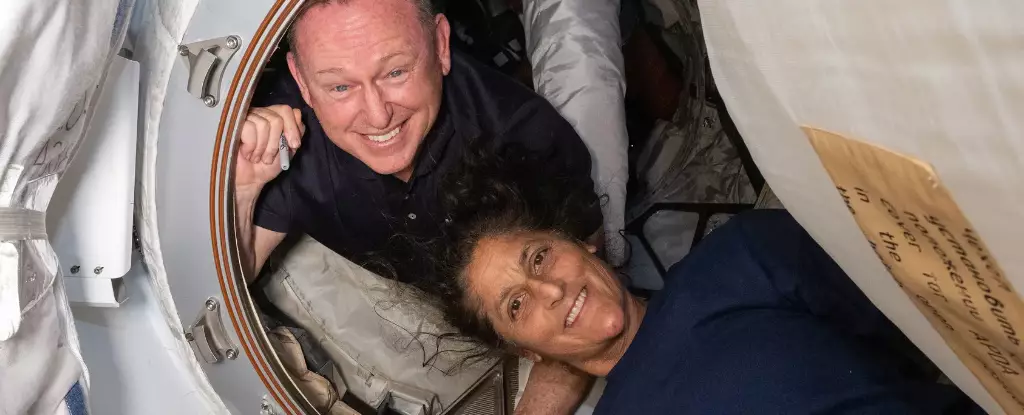NASA recently made headlines with the announcement that two American astronauts, Butch Wilmore and Suni Williams, might finally return to Earth earlier than anticipated in March. Initially slated for an eight-day mission aboard the International Space Station (ISS) since June, both astronauts have been confined to the station for over eight months. Their prolonged stay stems from unforeseen propulsion issues encountered by their Boeing Starliner spacecraft, compelling NASA to adapt its plans for their safe return.
The ordeal began with the Starliner’s propulsion problems, which prevented the spacecraft from effectively facilitating Wilmore and Williams’ return. In response to this technical setback, NASA opted to reroute the mission profile, ultimately deciding that the Starliner would return to Earth uncrewed. This decision was based on an extensive period of testing intended to analyze the spacecraft’s performance and ensure crew safety. The subsequent partnership formed with SpaceX aimed to mitigate the situation, leading to Elon Musk promising an expedited return for the stranded astronauts.
NASA has now placed its trust in SpaceX, assigning them the task of returning Wilmore and Williams via their Crew-10 mission. Initially, a new Dragon spacecraft was set for the mission; however, to save time, NASA and SpaceX have opted to utilize a previously flown spacecraft known as Endurance. This adjustment reflects the complexities of space logistics and highlights the need for flexibility in operational planning. As part of the Crew-10 mission, scheduled to launch on March 12, the astronauts will undergo a transitional period before finally returning to Earth.
Despite the uncertainty surrounding their return and the challenges they have faced, both Wilmore and Williams have maintained a positive outlook on their extended stay. As expressed in their earlier communications, the astronauts have reported that they still have ample supplies and are thriving in their microgravity environment, making the best of their circumstance. Their resilience underscores the adaptability required of astronauts, emphasizing that even in the face of adversity, the spirit of exploration endures.
While this prolonged mission is significant, it does not eclipse Frank Rubio’s remarkable 371-day record aboard the ISS, which he achieved earlier this year due to a different set of complications involving a Russian spacecraft. The experiences garnered from these extended stays will have implications for future space exploration and help shape NASA’s approach to mission planning. As we look to the stars, the lessons learned from the resilience of astronauts like Wilmore and Williams will serve as guiding principles for future endeavors beyond our planet.
As the Crew-10 mission approaches, the story of Wilmore and Williams is a testament to human endurance and the evolving nature of space exploration. For now, the world waits eagerly for their return as they continue to make history aboard the ISS.

